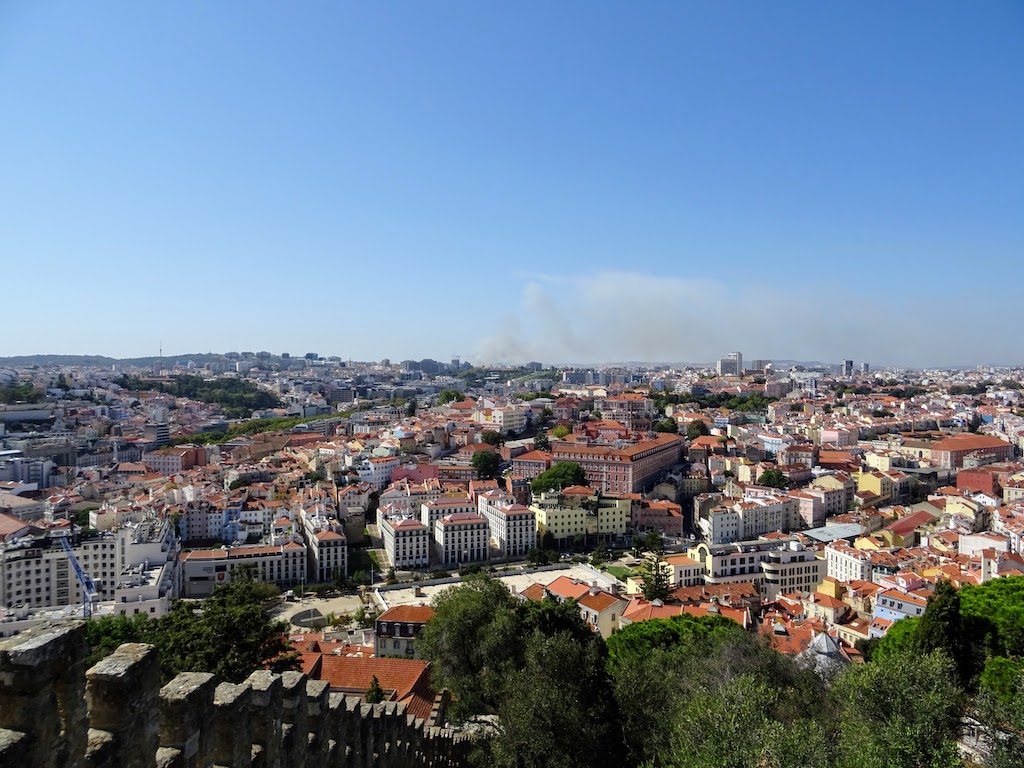

We started our stay with a free guided tour — our essential first step to begin our integration into a new city.
Habits die hard!
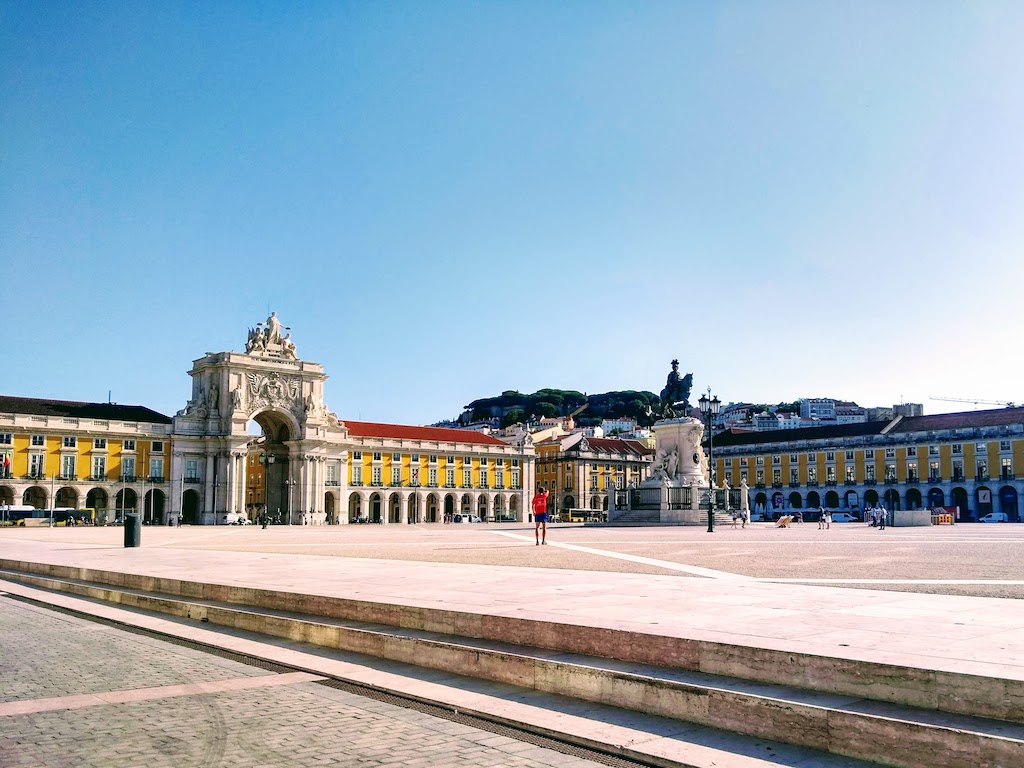

We joined our group in Lisbon’s main square, the “Commerce Square.”
A little history to start with
I didn’t know what to expect when I first came to Portugal apart from the beach, the sun, and their pastries. The Pastéis de Nata are incredible! But then I discovered the history of this small country in which Lisbon played a big part.
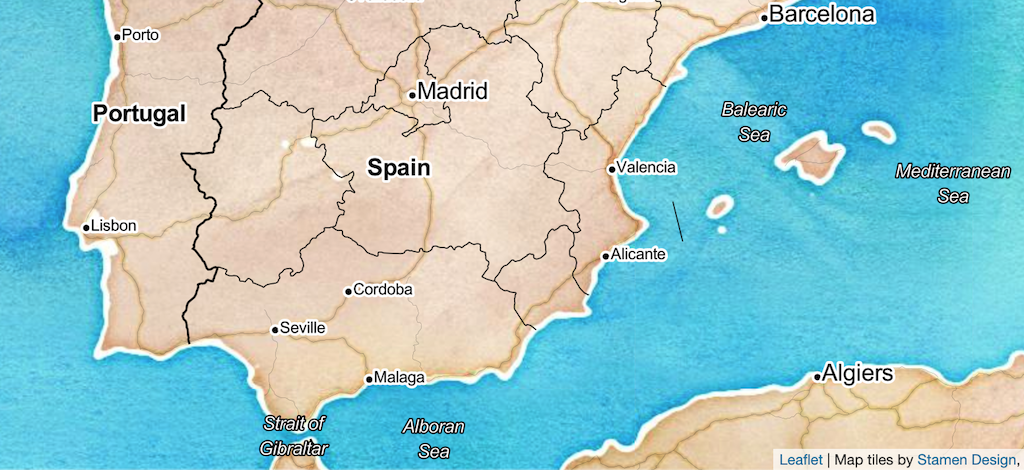

Lisbon’s geographical location
Lisbon is situated at the mouth of the Tagus, the Iberian Peninsula’s biggest river, which has its source in Spain and flows here into the Atlantic Ocean.
Because of this geographical location, Lisbon’s port became a significant trade axis between the Mediterranean Sea and Northern Europe. It is also on the trade road between sub-Saharan Africa and the Americas.
Lisbon, a wealthy city
This location and the colonization of several countries — in Asia, America, and the Atlantic Islands, made Lisbon one of the world’s wealthiest cities in the 16th Century.
Many foreign traders came here to develop their business. Some even converted to Christianity to be allowed to stay. They were named the “new Christians” as opposed to the “old Christians.” Unfortunately, years later, the new king introduced the Inquisition. As a result, many “new Christians” traders had to flee to northern countries. From then, only “old Christians” had the right to reside and bargain in Portugal. Lisbon gradually became poorer and poorer.
But the end of Lisbon was hastened by the earthquake of November 1, 1755, which destroyed two-thirds of the city.
The Lisbon earthquake
This earthquake was the strongest ever recorded. It took place on November 1, at 9:40 am, when most of Lisbon’s inhabitants were attending mass. Two more tremors followed as well as a 7-meter high tsunami on the Tagus River.
Of Lisbon’s 180,000 inhabitants, between 30,000 and 60,000 have died in this tragedy.
This catastrophe sent the entire world to introspection and discussion, the main reason being that it happened on a Holy Day, during mass time.
European philosophers and intellectuals questioned themselves. Why would God punish a city like Lisbon, Catholic, and devoted in such a manner? Is there a power other than God that rules the world?
The reconstruction of Lisbon
King Joseph I ordered his prime minister, the “Marquis of Pombal,” to reconstruct the town. The main priorities were to rebuild quickly and with an anti-seismic structure.
Architectural innovation
It was called the “Pombal cage.”
It was a wooden rectangle reinforced with diagonal braces that could withstand an earthquake’s overload and stress. The structure was installed in the walls and covered with building materials. To test its resistance, the Marquis of Pombal built a prototype he installed in a square. He then asked the army to walk around stomping their feet to simulate an earthquake. And it worked; the structure resisted!
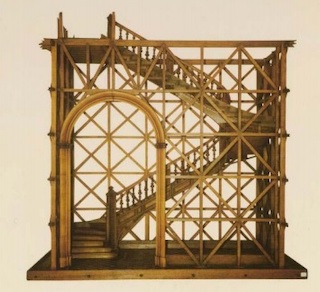

The project for the new Lisbon
The new town was built with the Commerce Square in its center, the former terrace of the Ribeiro Palace — the King of Portugal’s principal residence.
Urban planners had to innovate. They replaced the narrow streets with broad straight avenues placed orthogonally and created neighborhoods by commercial activity. To allow for a faster reconstruction, they standardized the buildings and introduced mass production in carpentry. It was also the beginning of prefabrication. To top it all off and make the city safer, builders separated each apartment with masonry walls that acted as firewalls.
Architects decided the repartition of inhabitants in the buildings. They gave the lower floors for shops, offices, or wealthy people and the upper floors were for the poor. As they had less furniture, this setup was lighter on the ground. They also had smaller windows and shared balconies.
If you want more details and an interactive tour of the city, go to the Lisboa Story Center, located in the Commerce Square
The Lisbon for tourists
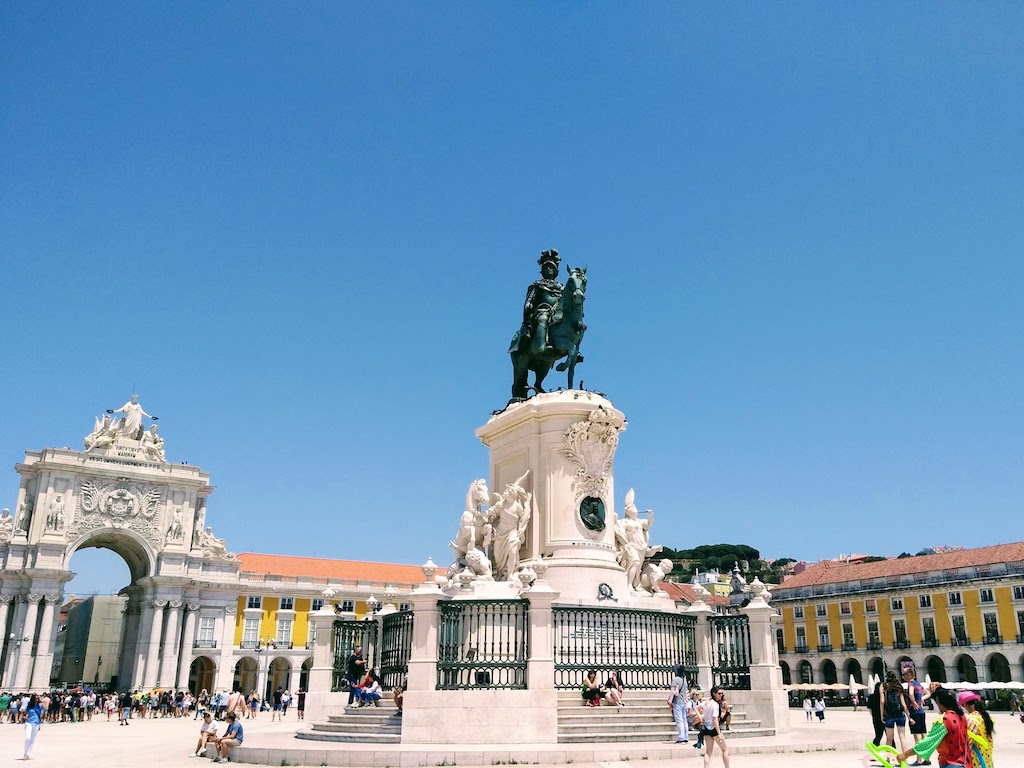

Back to our visit. We stood at the foot of the statue dedicated to King Joseph I. This statue was built during the king’s lifetime and was, a priori, inaugurated with pomp and circumstance. It’s a little surprising because upon further inspection, the sculpture is not very flattering.
The famous statue
The king sits on a horse that looks more like a pony with a bow tied to its tail. He wears a cape and a feathered helmet, holding not a sword in his hand but a kind of magic wand. Worst of all, he has his back turned to his city.
Following the earthquake, he fled Lisbon to settle in a nearby field because he was traumatized by it. He then asked his court to live in a camp where they stayed until his death. Lisbon’s inhabitants of the time never forgave him for his cowardice.
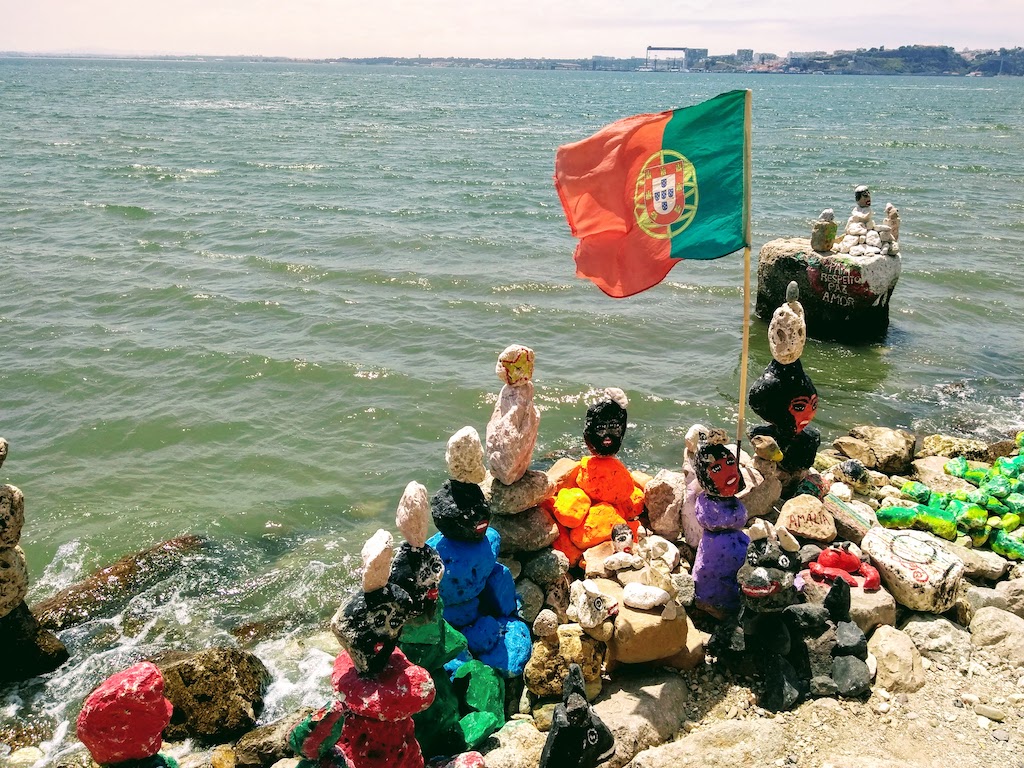

Before leaving the square, we admired the banks of the Tagus and the amazing multicolored stone sculptures. The stones are stacked one on top of the other with only gravity holding them into place. Interestingly, the artist comes every day to rearrange them if needed.
The pedestrian city
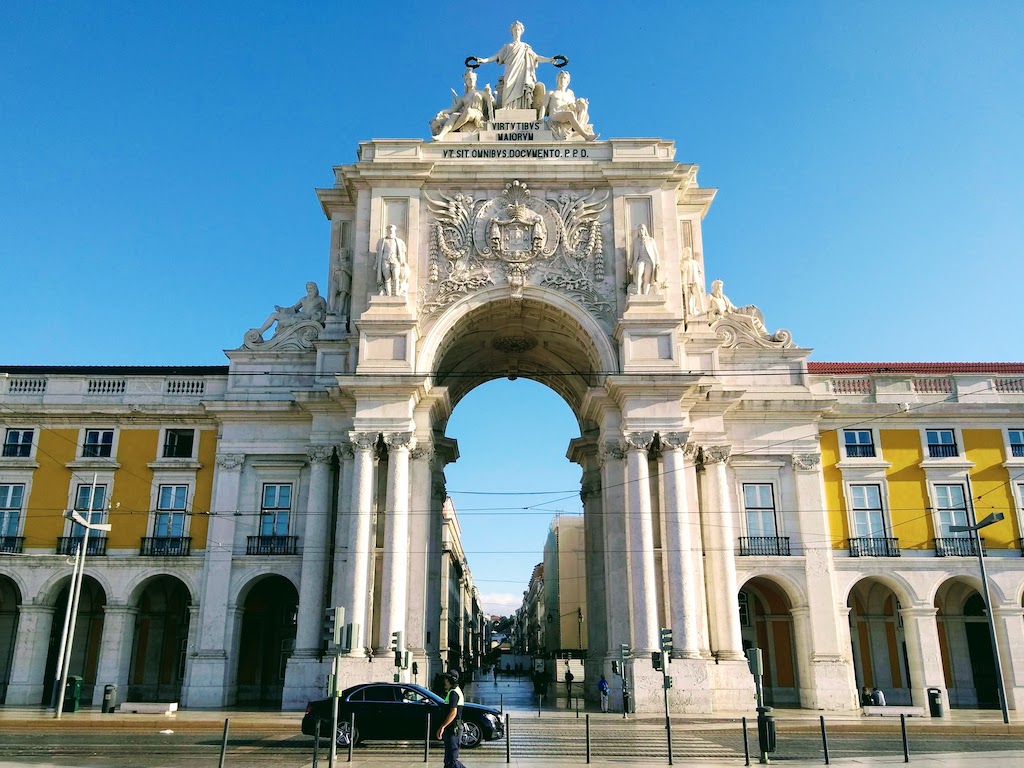

The gate that connects the Commerce Square to the city.
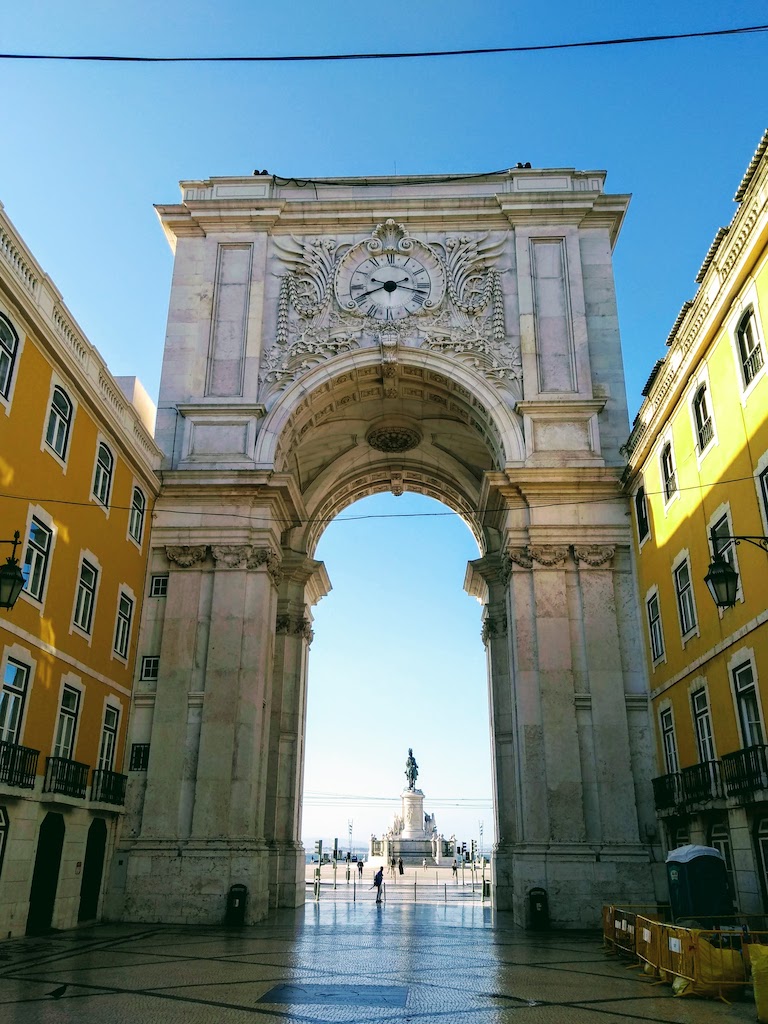

We began our discovery of the city in the “Baixa district” in Lisbon’s historic center. It is one of the most famous and tourist spots. Many streets are pedestrian, and it was a real pleasure to walk around here even if it was a little too crowded during the day. The buildings are beautiful; there are lots of shops, restaurants, and pastries.
The good surprise was that we stopped in one of those pastries to taste our first “Pastel de Nata” — a Portuguese custard tart, the region’s specialty. It was, for sure, the best way to start our tour!
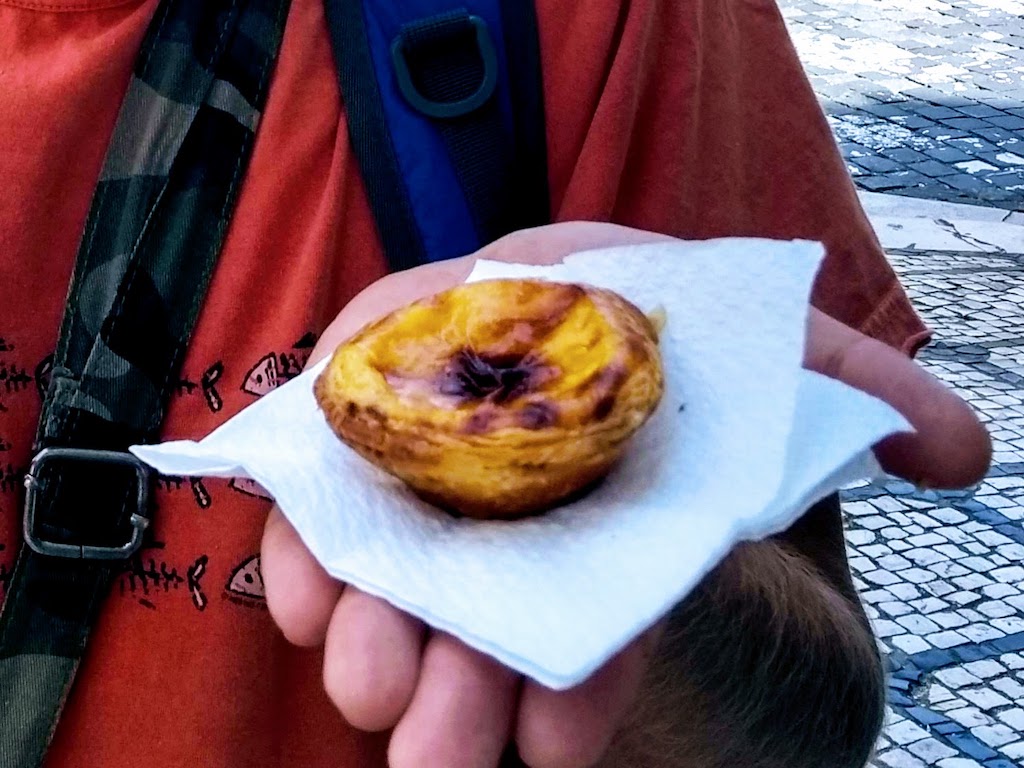

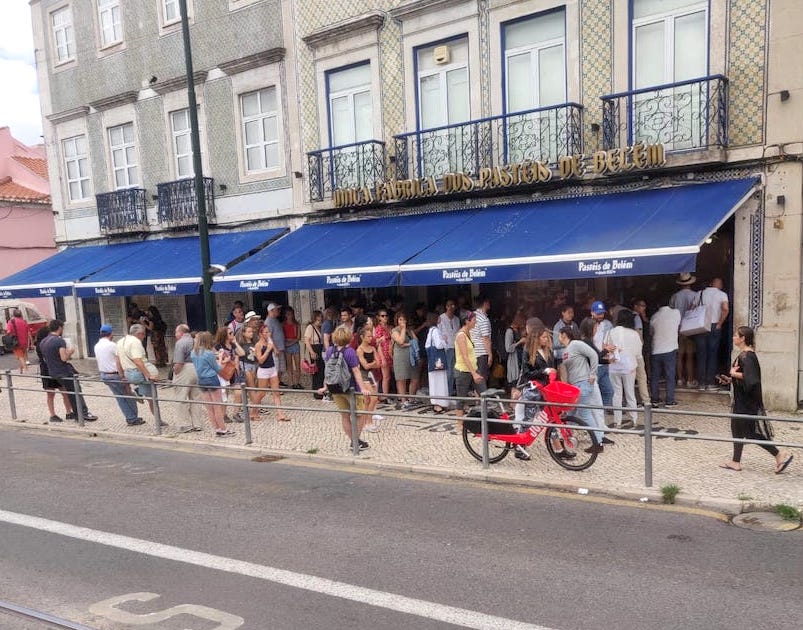

To be accurate, the Pastel de Nata is from Belém. It’s a neighboring Lisbon town where one can find the pastry shop where these little tarts were invented. People say they are delicious! If you feel like it and you’re patient enough, you can brave the queue to try them.
After this delight, we went up towards “Bairro Alto et Chiado,” a district on Lisbon’s heights. The city is built on hills. You should, therefore, expect to climb stairs or steep streets often.
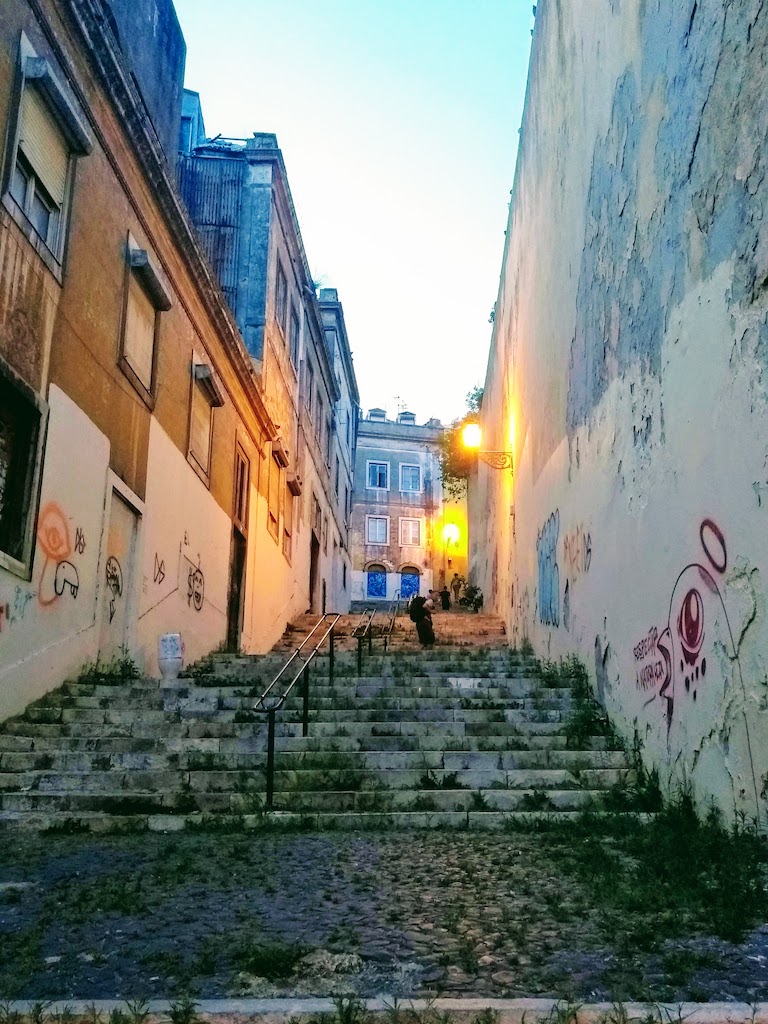

Sometimes, it’s hard for older people to go out of their homes because of the stairs. So to help the inhabitants get around, the city built elevators. One can find them all over the old town. But the best known is the “Santa Justa” elevator. It is so unique and beautiful that it has become a tourist attraction. It connects the lower town to the upper town.
It has a little air of Eiffel Tower for me.
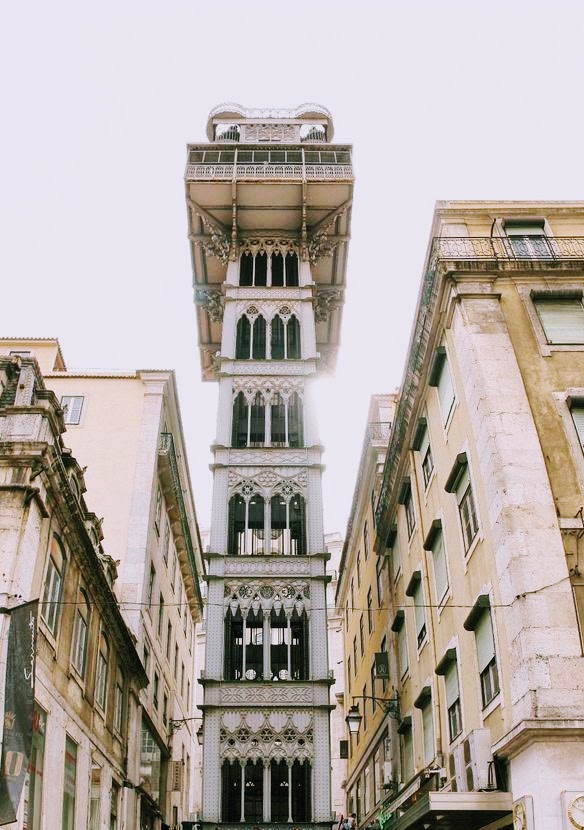

Instead of waiting in line for the elevator, we climbed stairs all the way to the ruins of the Convento da Ordem do Carmo. This medieval convent was destroyed during the earthquake and has never been rebuilt. All that remains from the past is the Gothic church’s facade, the largest in Lisbon at the time.
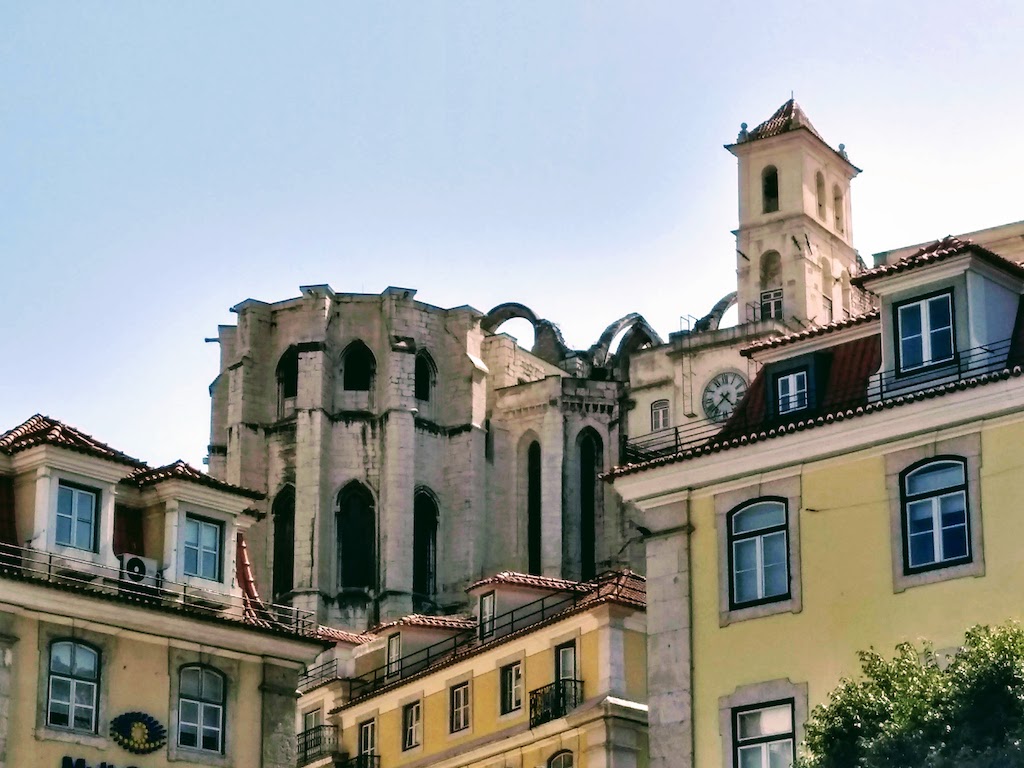

A visit in pictures
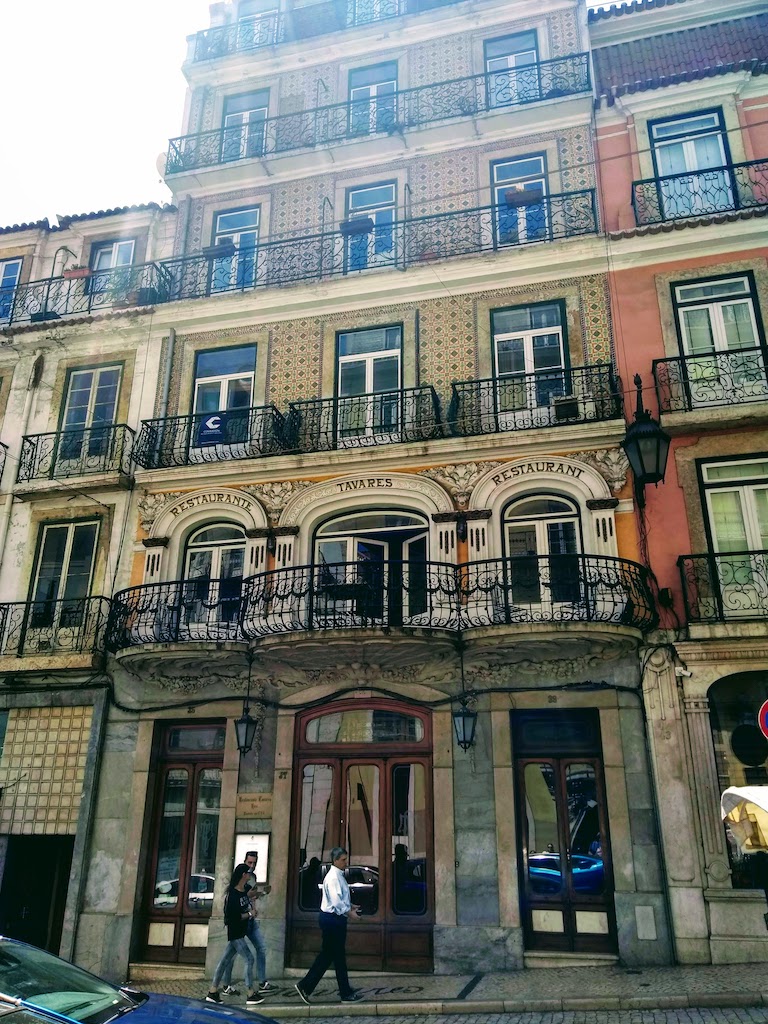

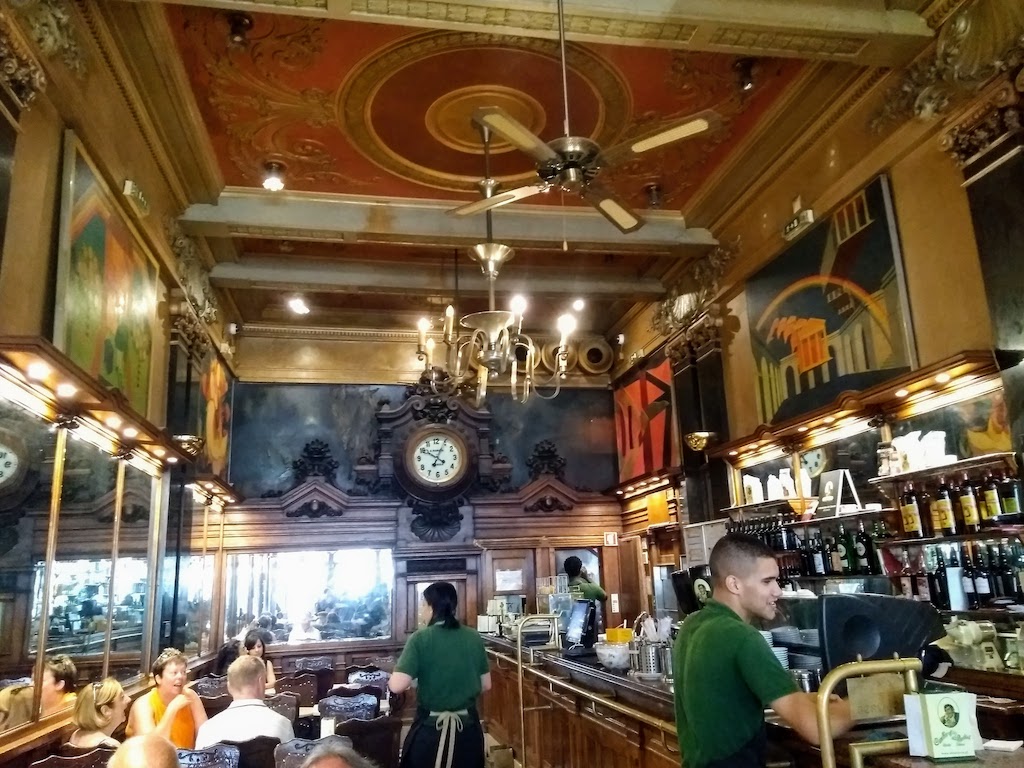

Tavares Restaurant, which opened in 1784, is the oldest coffee shop in Lisbon and one of the first to introduce espresso. For the people of Lisbon to appreciate it, the barista had to add a lot of sugar.
Facing the Tavares restaurant he used to frequent, the statue of Eça de Queirós, the greatest Portuguese writer who wrote in the realistic style.
As the story goes, Eça de Queirós had dissociative identity disorder — although, at the time, doctors didn’t have this diagnosis yet. The thing is that all his identities talked to each other. So, to embody the different personalities, he moved around the table to the assigned seat for them. These characters became the heroes of his books. 😉
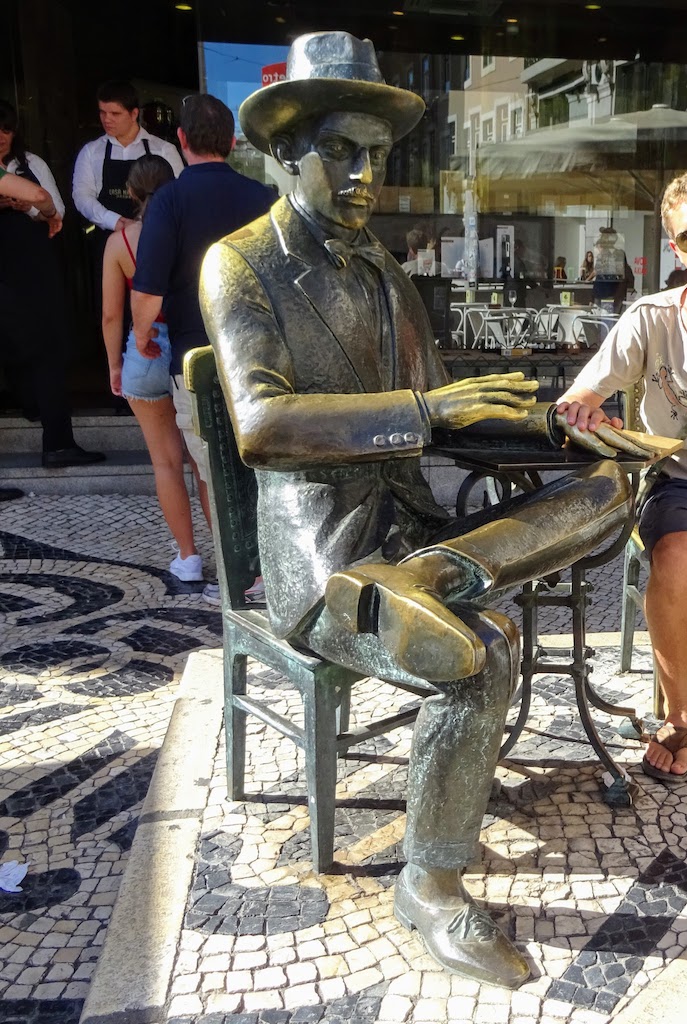

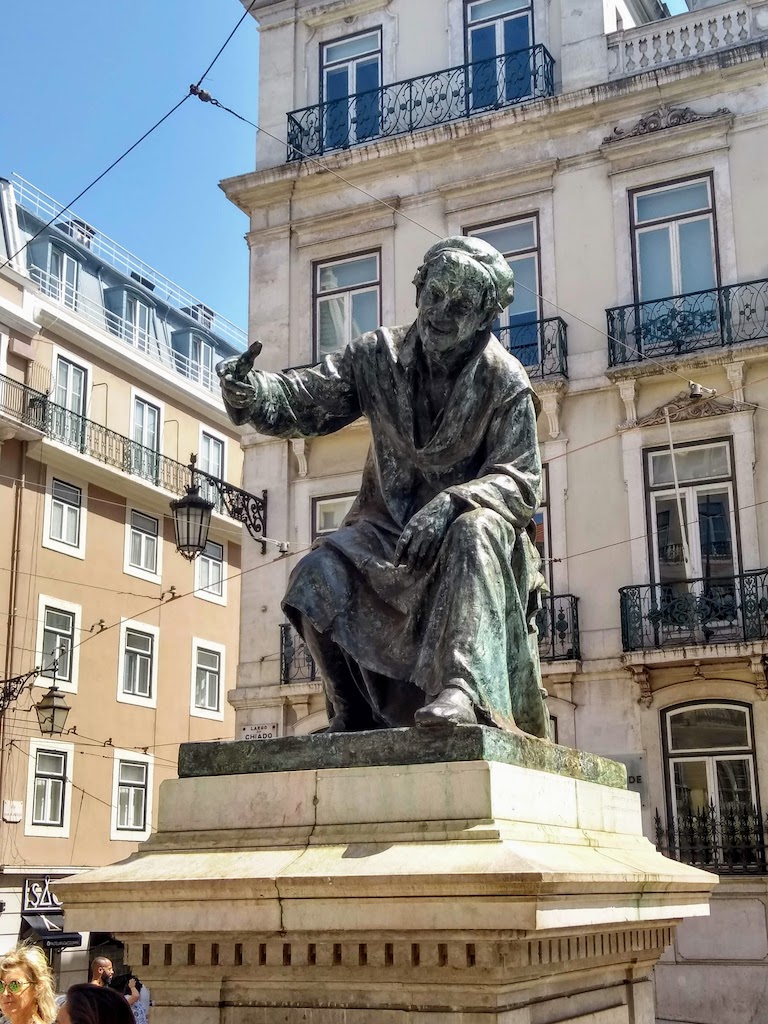

Opposite this, and who reminded us of a rapper because of his position, the poet Antonio Ribeiro nicknamed “Chiado.” This monk chose to abandon the cloistered life to give free rein to his verve and enjoy the “joie de vivre” of this time. He will end up as the most beloved poet of Portugal.
On the Place Camões stood the statue of Luis de Camões, one of the greatest poets in Portugal. He wrote “Os Lusíadas,” The Lusiads, recognized as the most critical work in Portuguese literature. It narrates the discovery of a sea route to India by the Portuguese explorer Vasco da Gama (1469-1524).
The statue had a blindfold following a recent peaceful demonstration by a group denouncing the lack of resources allocated to culture.
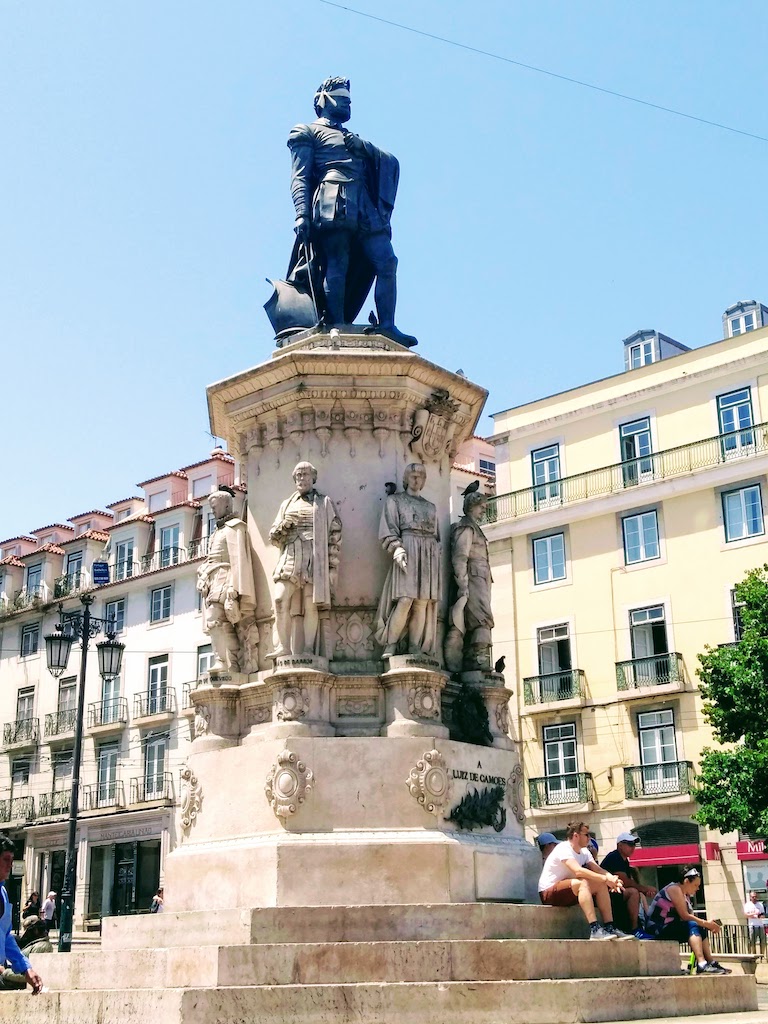

We stopped in front of the oldest Fado bar.
Listening to Fado is a must-do while in Lisbon. Fado is a Portuguese musical genre. It all started when fishermen’s wives, when meeting at the wash houses, would create and sing songs about their lives. The songs had sad tunes, lyrics recounting their poor lives, and were sung with a feeling of resignation. Today there are male artists who have adopted this style, but the soul of Fado remains the same.
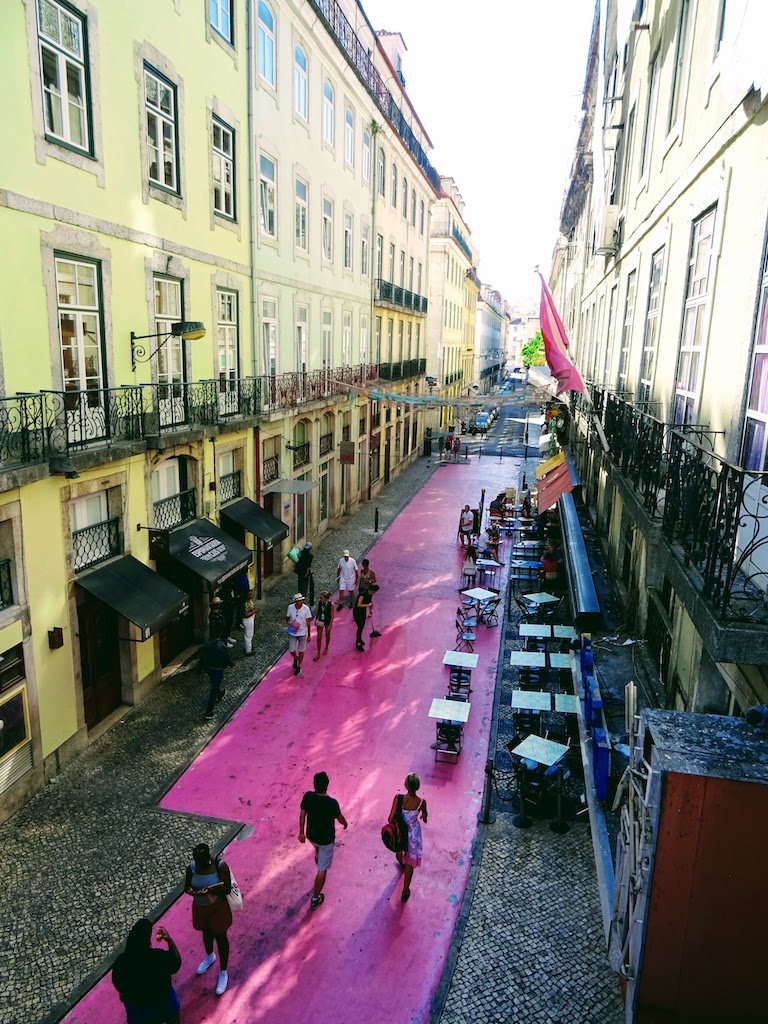

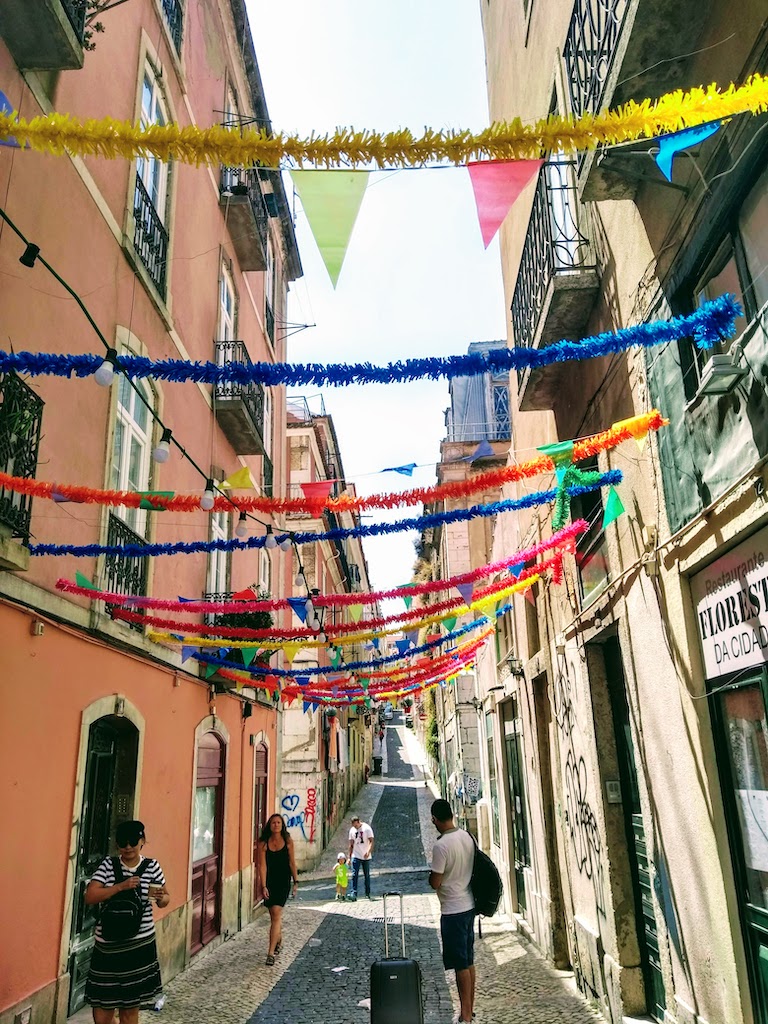

Place Rossio or King Pedro IV‘s square. It is located in the city center and has been a popular place since the Middle Ages, a site for revolts and executions.
The statue that stands on top of the column is King Pedro IV, Emperor of Brazil and son of the King of Portugal …
… but some say that it is the statue of a Russian tsar and that there had been a mix-up at the time of its construction. 😃
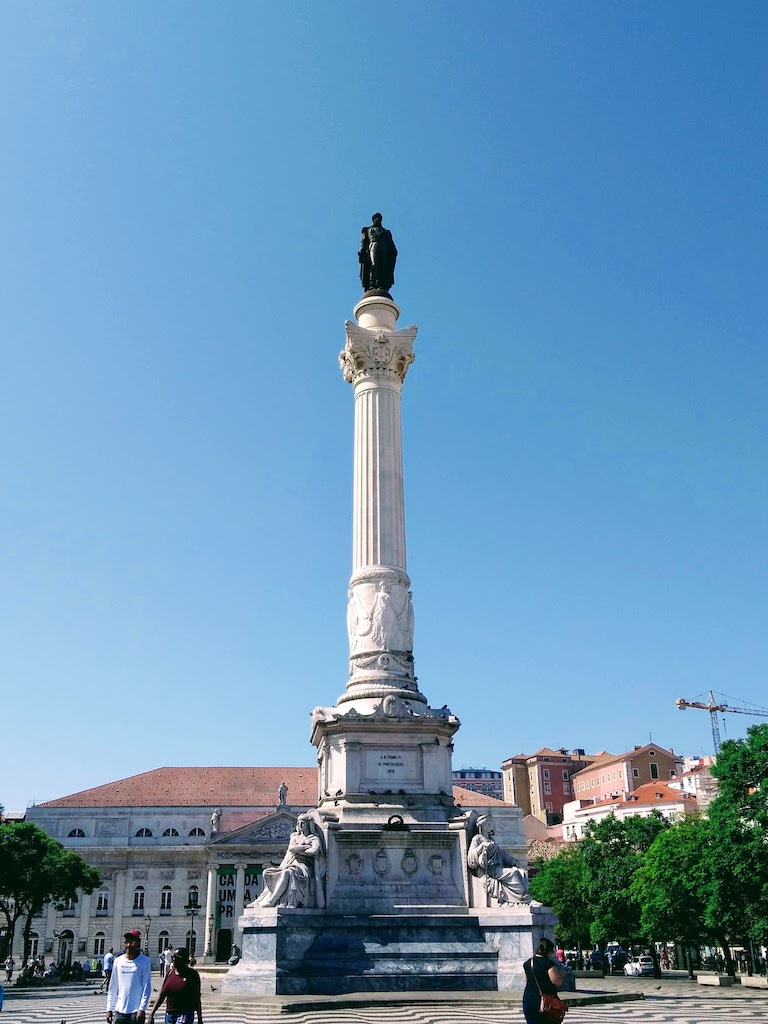

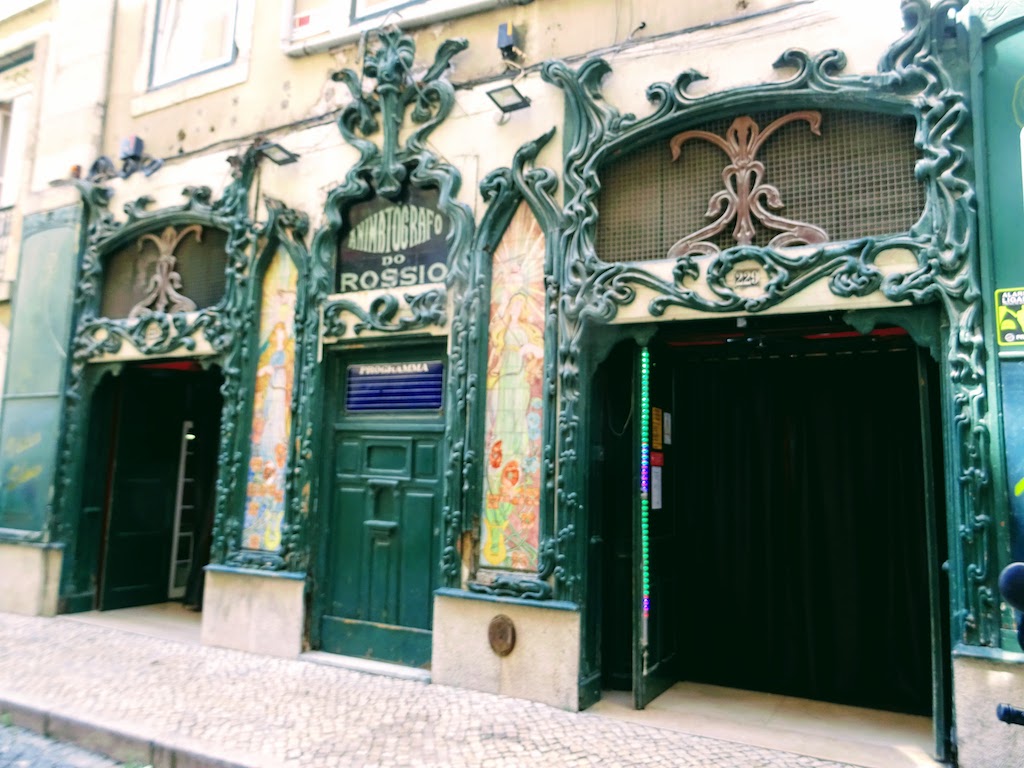

Next to the Rossio square, the Cinema do Rossio. The oldest cinema in Lisbon. 😊
Now it offers shows for adults!
Discovery of another district, Alfama
To finish the tour, we went back to the Tagus river. We walked along Commerce Square, took the Alfândega street towards the Saint Lucia viewpoint, which offers one of the city’s most beautiful views.
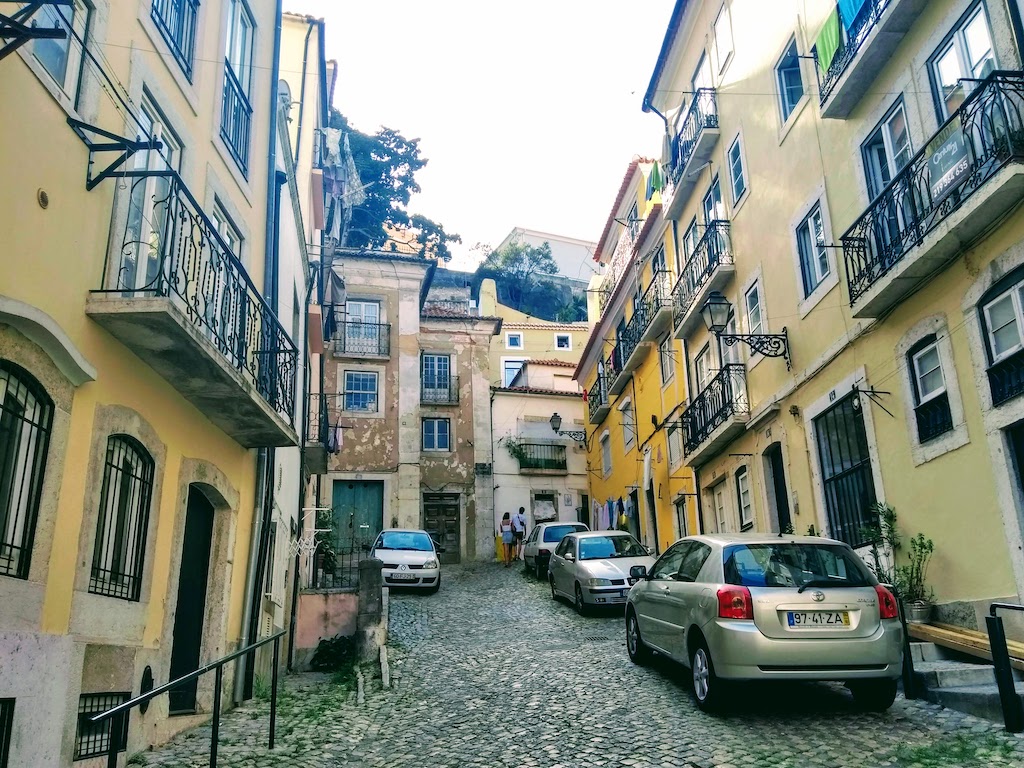

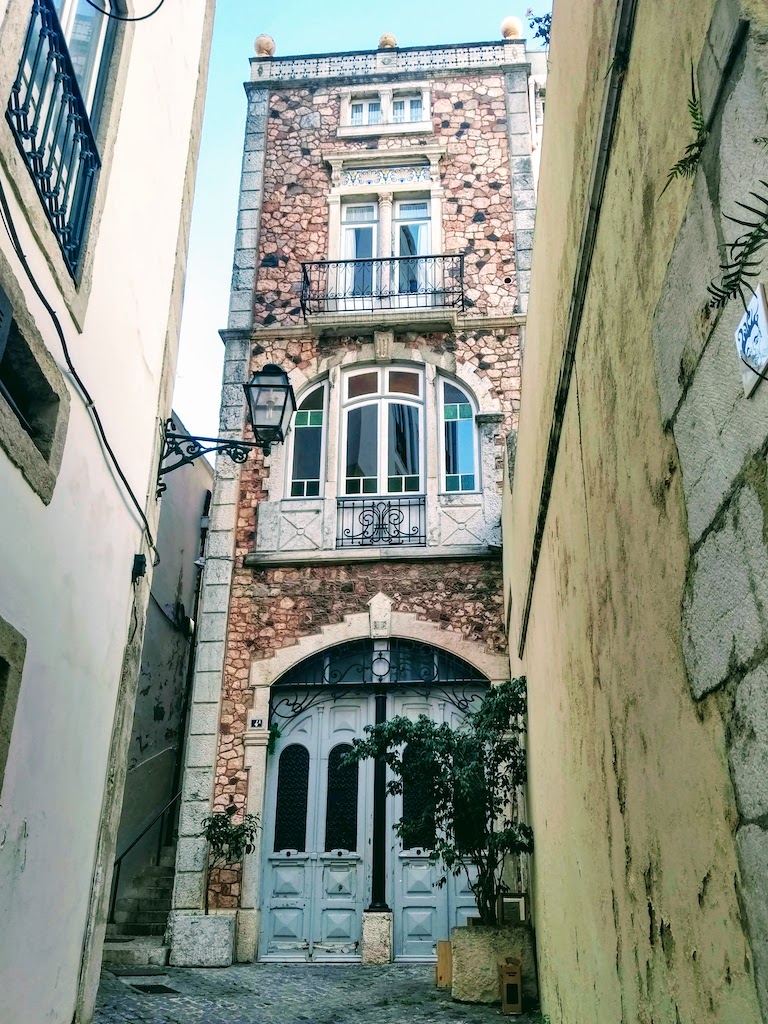

Walking in Old Lisbon is an entirely different experience. The streets have not changed; the alleys are narrow and the climb up the stairs is steep.There is a strong community bond in these neighborhoods which make them exceptionally united and proud. Seniors or people with reduced mobility who cannot leave their homes because of the stairs rely on their neighbors. They take care of each other by exchanging small services.
One last funny thing. There is always someone at a window watching you. At first, we felt like we were being spied on, but it seems their way of being less alone. CCTV in action 😁
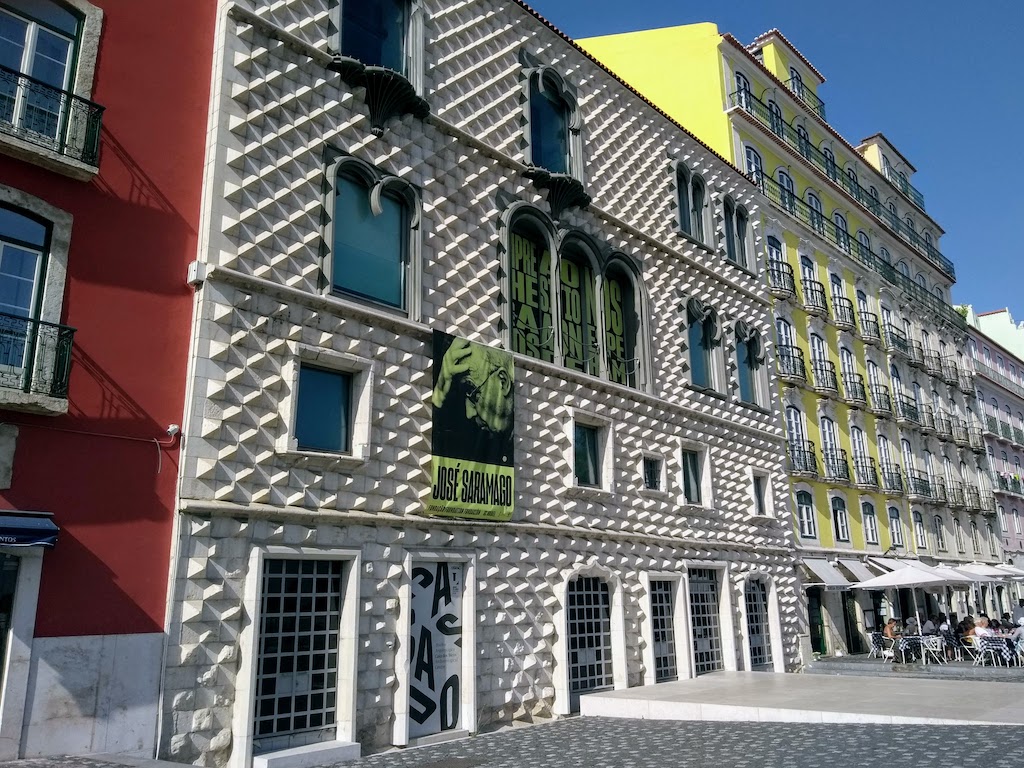

We passed in front of the Saramago Foundation with its distinctive architecture. José Saramago was a Portuguese journalist and writer.
This building withstood the earthquake. Its construction was influenced by the palaces of the Italian renaissance and the Portuguese Manueline style. It was built by the governor of “Portuguese India,” which was a state representing the Portuguese colonies in India.
Our reward
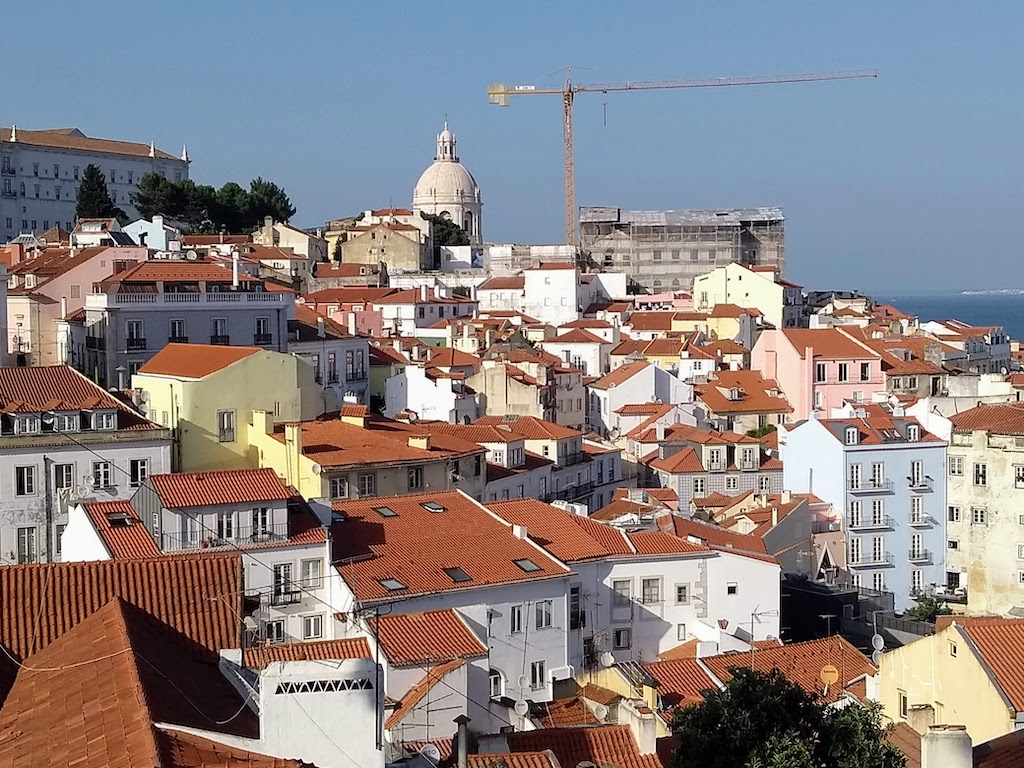

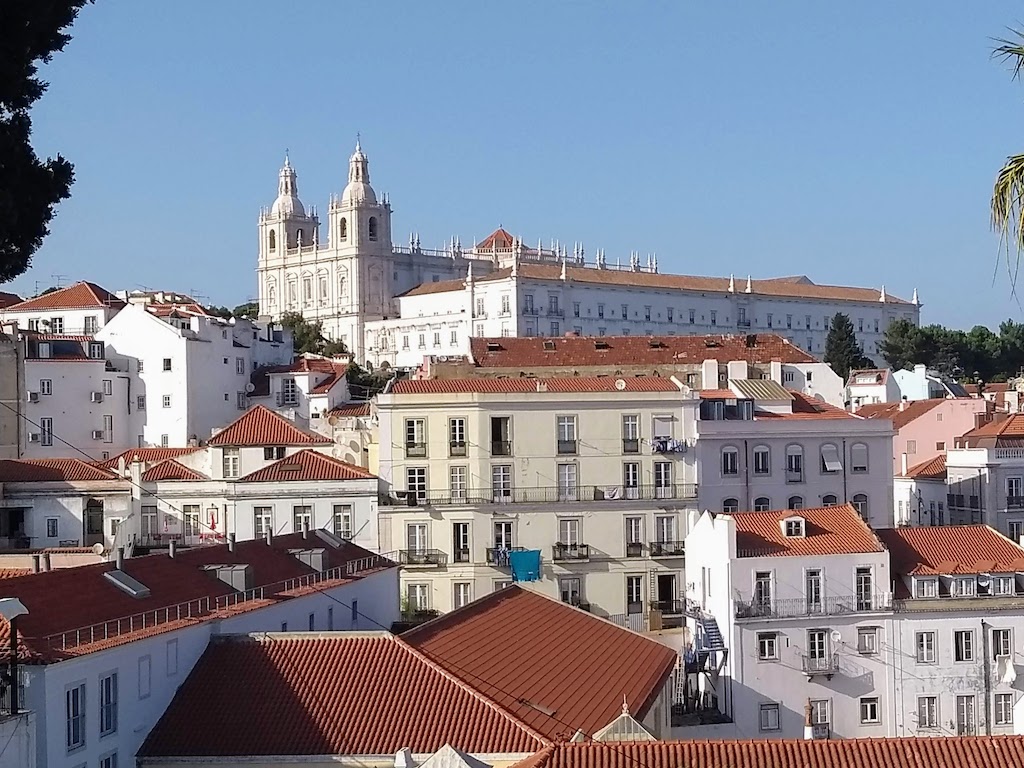

Finally, we reached the viewpoint and could admire the impressive view of the city. It was the ideal place to end the visit. There were plenty of terraces where we could sit, recover from hours of walking, and enjoy a “vinho verde.”
Vinho verde means “green wine” or “young wine.” The wine is bottled three to six months after the grapes are harvested. It can be red, white, or pink and exists as sparkling wine, late harvests, and even brandy. The choice is yours!
Street art in Lisbon
Another curiosity of Lisbon! There are many works of art in the city.
It is a delight to discover them around a street.
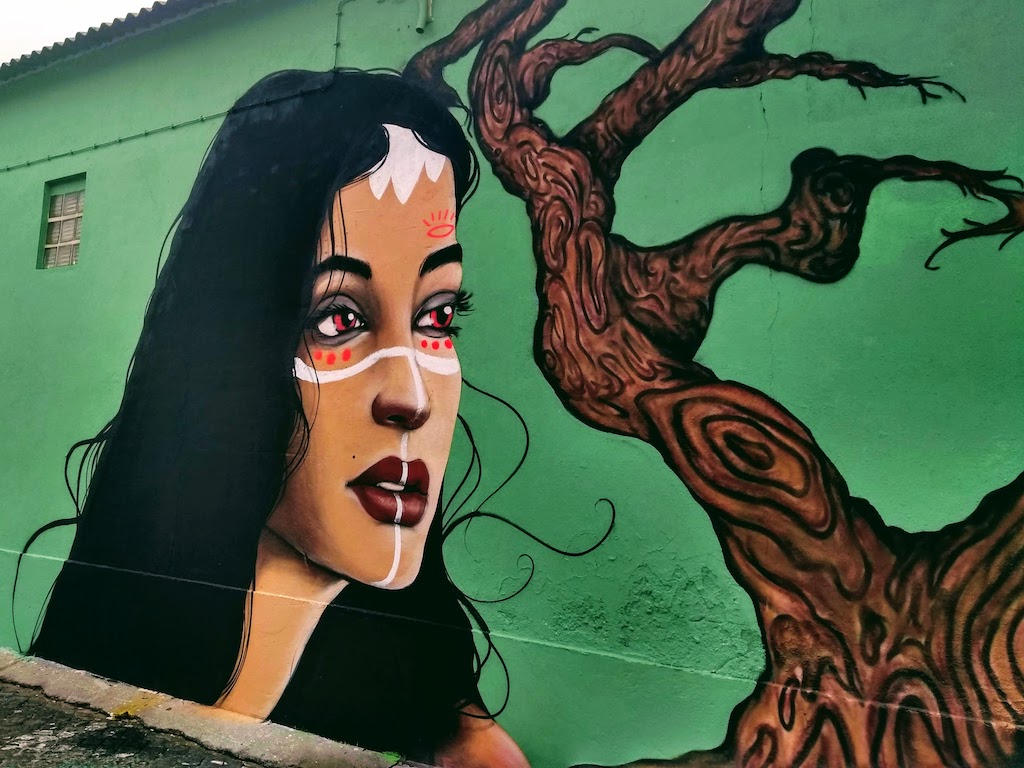





The best spots nearby
There is a nice stroll to do along the Tagus river, which goes from the Commerce Square to Santa Maria de Belém, or Belém for short. 😁 Of course, you can do it by walking or running, but the best is to rent an electric bike. Otherwise, train, tram, or bus.
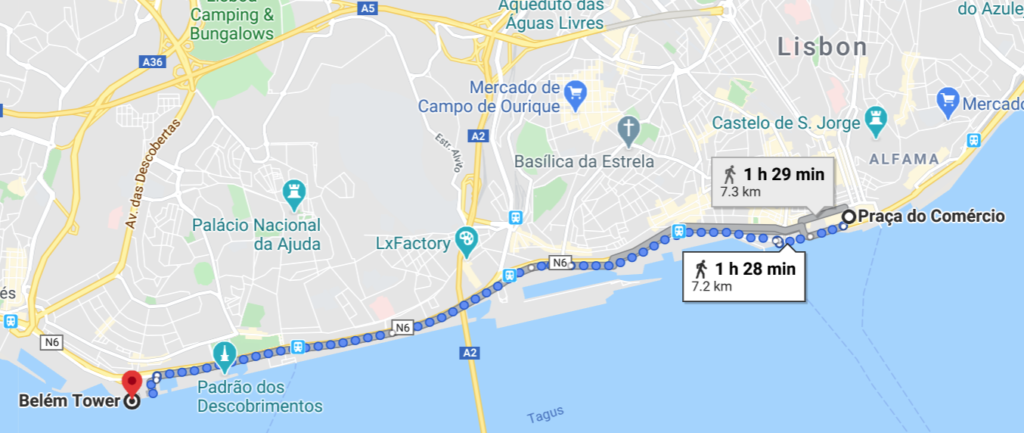

Beautiful monuments to discover, and perhaps the Pastel de Nata! Do you remember?
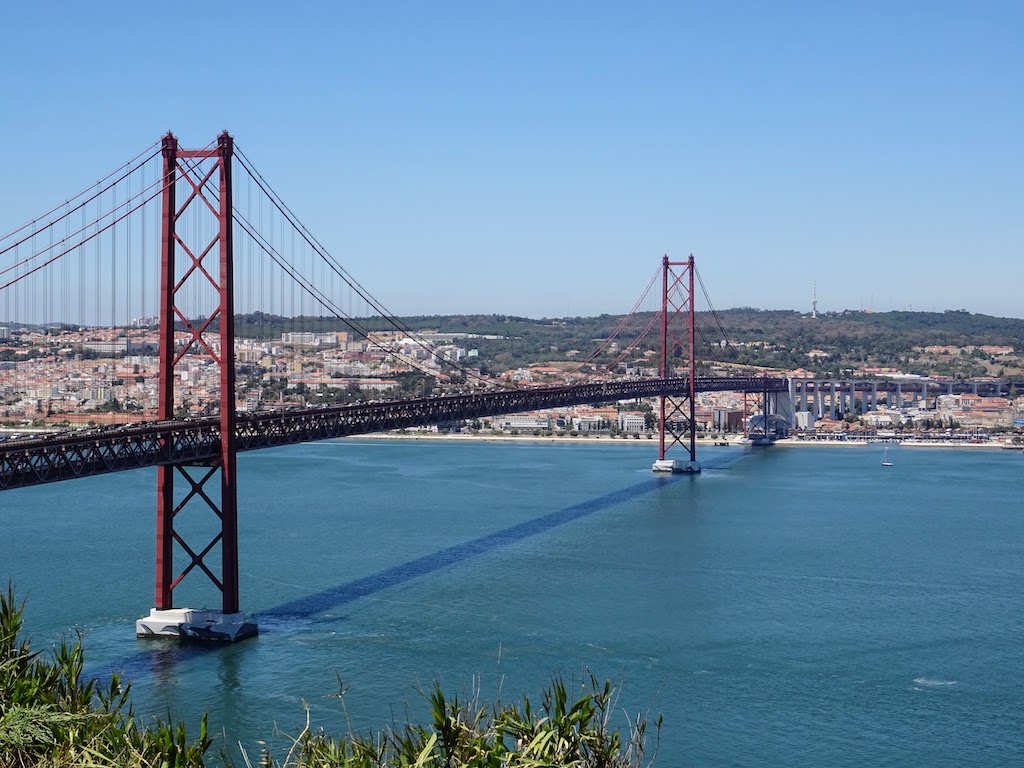

The April 25 Bridge links Almada and Lisbon. It was previously called the Salazar Bridge, after the dictator who ordered its construction. The name of the bridge was changed on 25 April 1974, the day of his dismissal following a revolutionary movement.
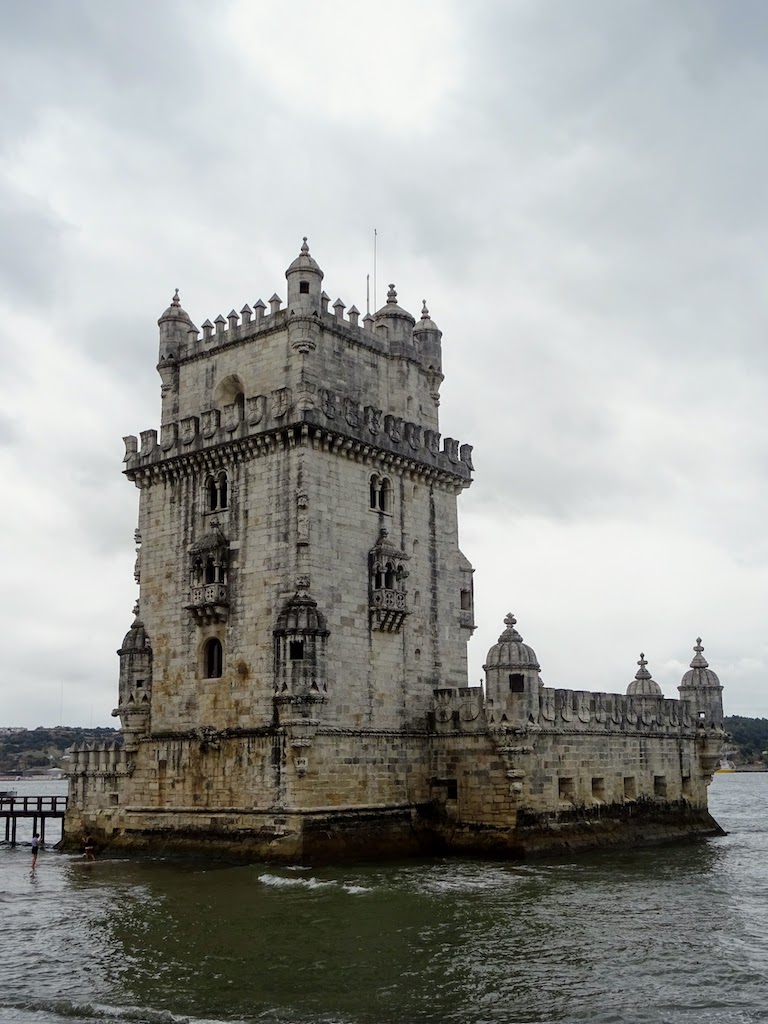



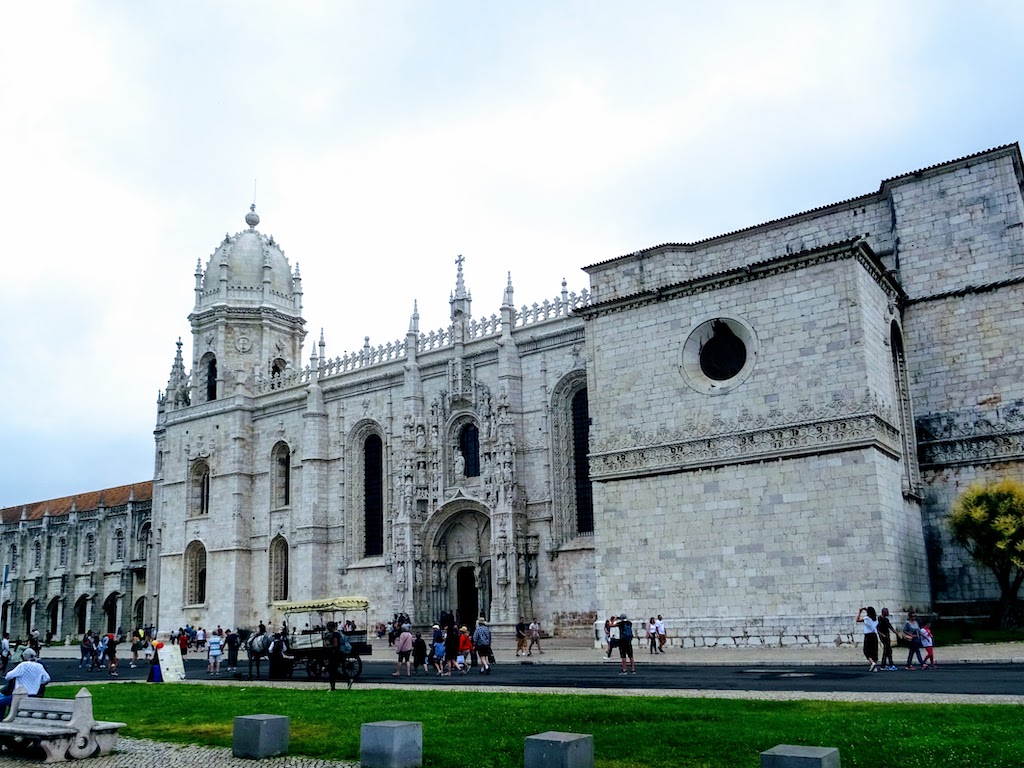

Conclusion
Lisbon’s most remarkable thing is that the city has kept its authenticity and done what’s needed to remain beautiful. The Commerce Square and its surroundings maintain their former splendor. The alleys of old Lisbon take the visitor back to the past, and it is pleasant to see the “village” spirit which still reigns in each district. Many parks welcome you on the heights to offer you panoramic views and enjoy the present moment.
The climate also contributes to this feeling of well-being. The sun often shines, and the blue of the sky is perfect. Despite this, the ocean cools the temperature, and I must admit that a sweater was always welcome to fully appreciate the evenings outside. My list would not be complete if I don’t mention the warm welcome we had throughout our stay.
Lisbon is also a modern city on the move, and its new districts also have their contemporary buildings!
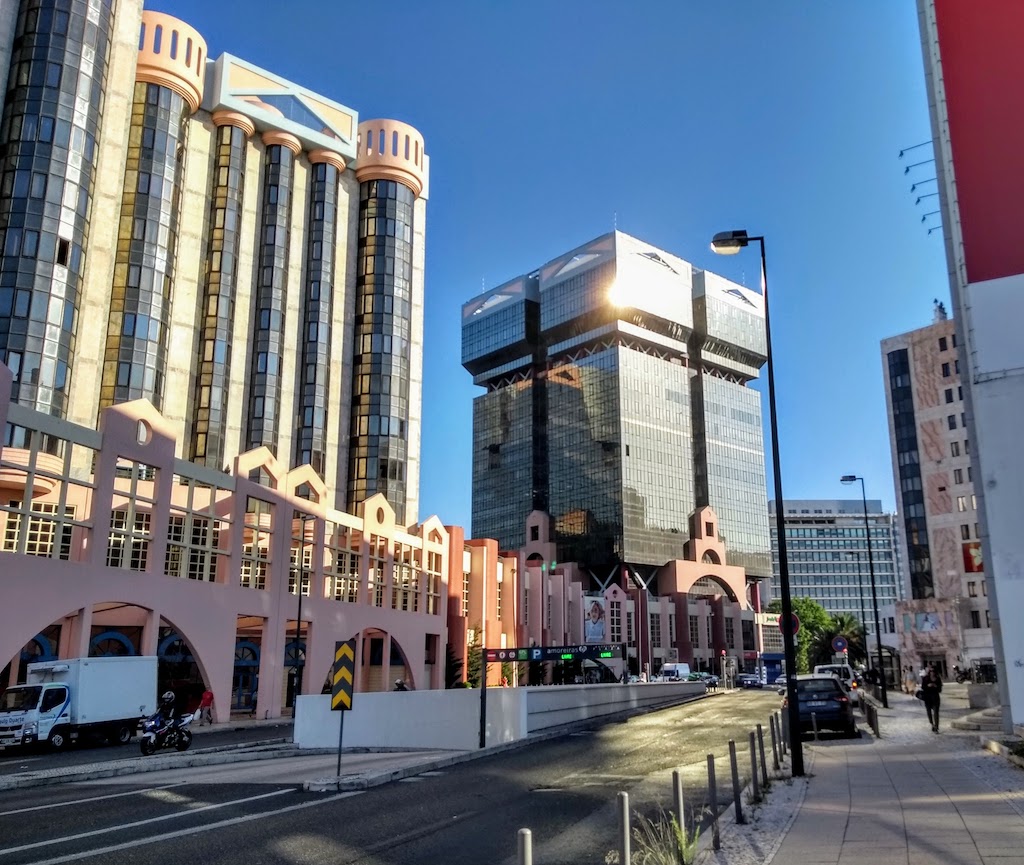

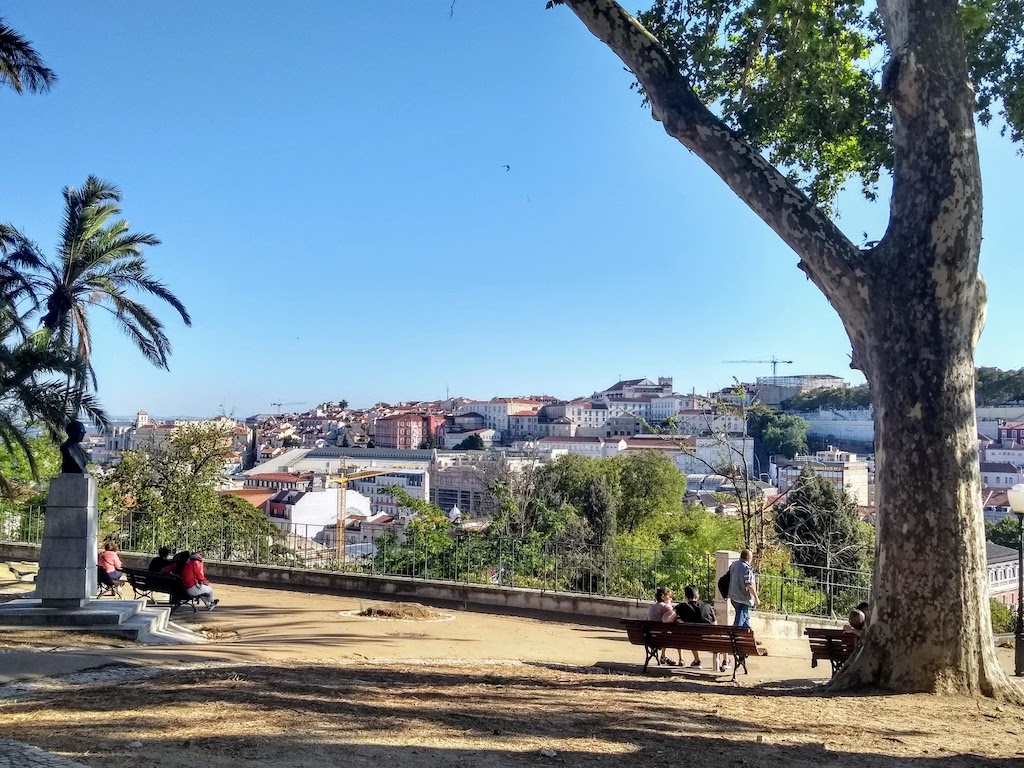




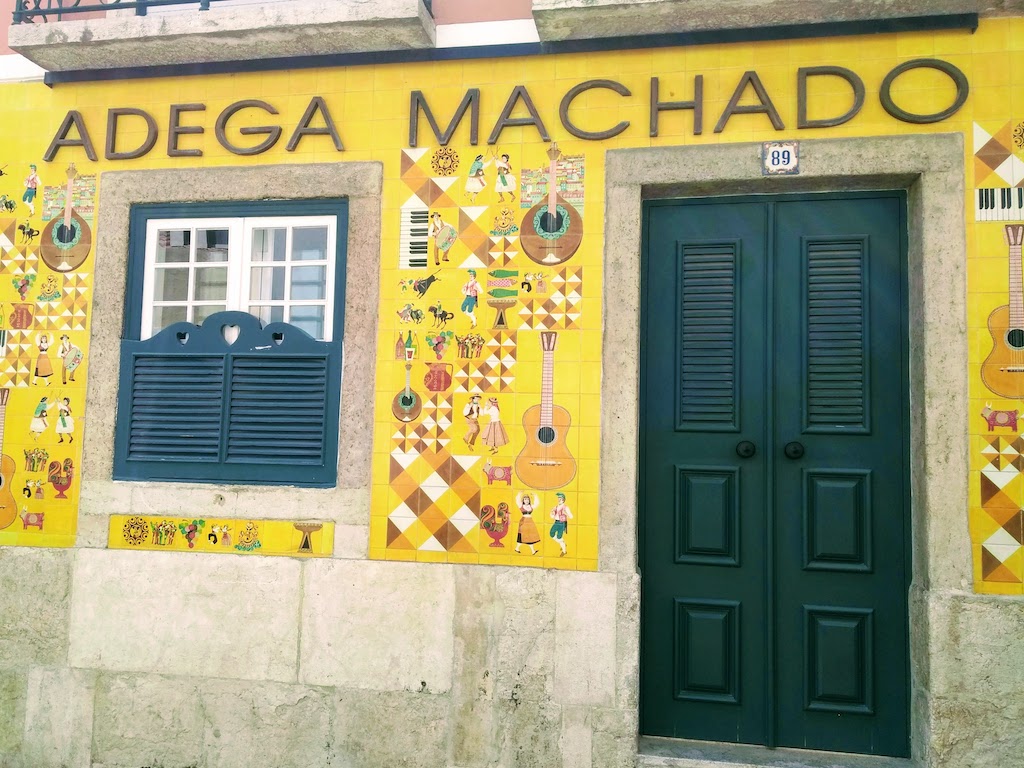
This is such a great post and I’m excited for your recommendations! We have just booked flights, perhaps out of optimism, for Portugal in late July! Thanks so much for all you’ve shared!
It’s a wonderful place for holidays. I’m sure you will have a great time. And eat your first Pastel de Nata thinking of me 😁
I loved Lisbon. I never heard of the Pombal Cage though when there, so that’s quite interesting. Your blog makes me want to go back.
Thanks! We did a very informative and interesting free tour. Our guide was so proud of her city. And I understand why!
Great photos! I love Lisbon and the coast, I would definitely want to go back and explore deeper.
Anda
Thank you. Indeed, there are so many places to explore.